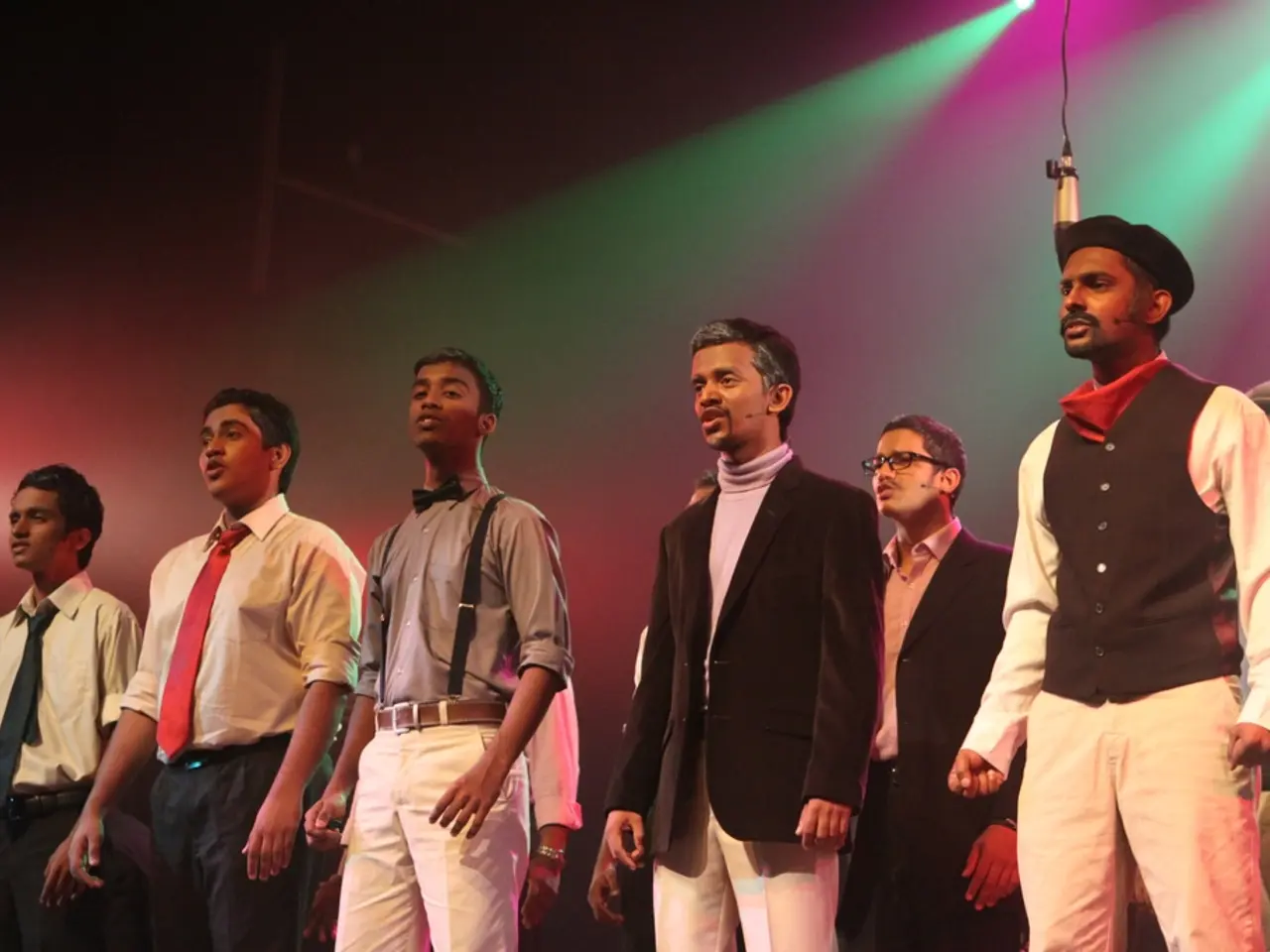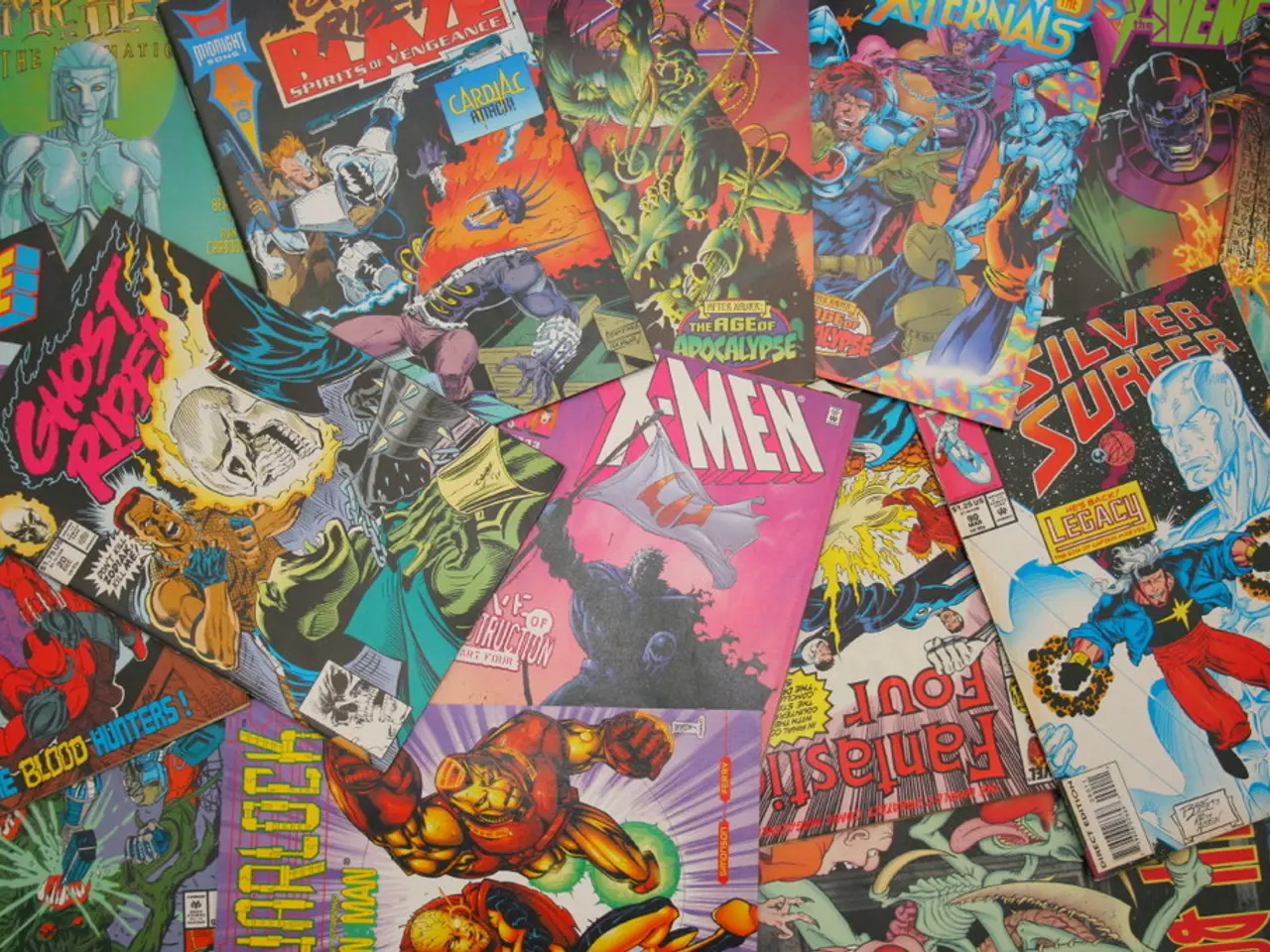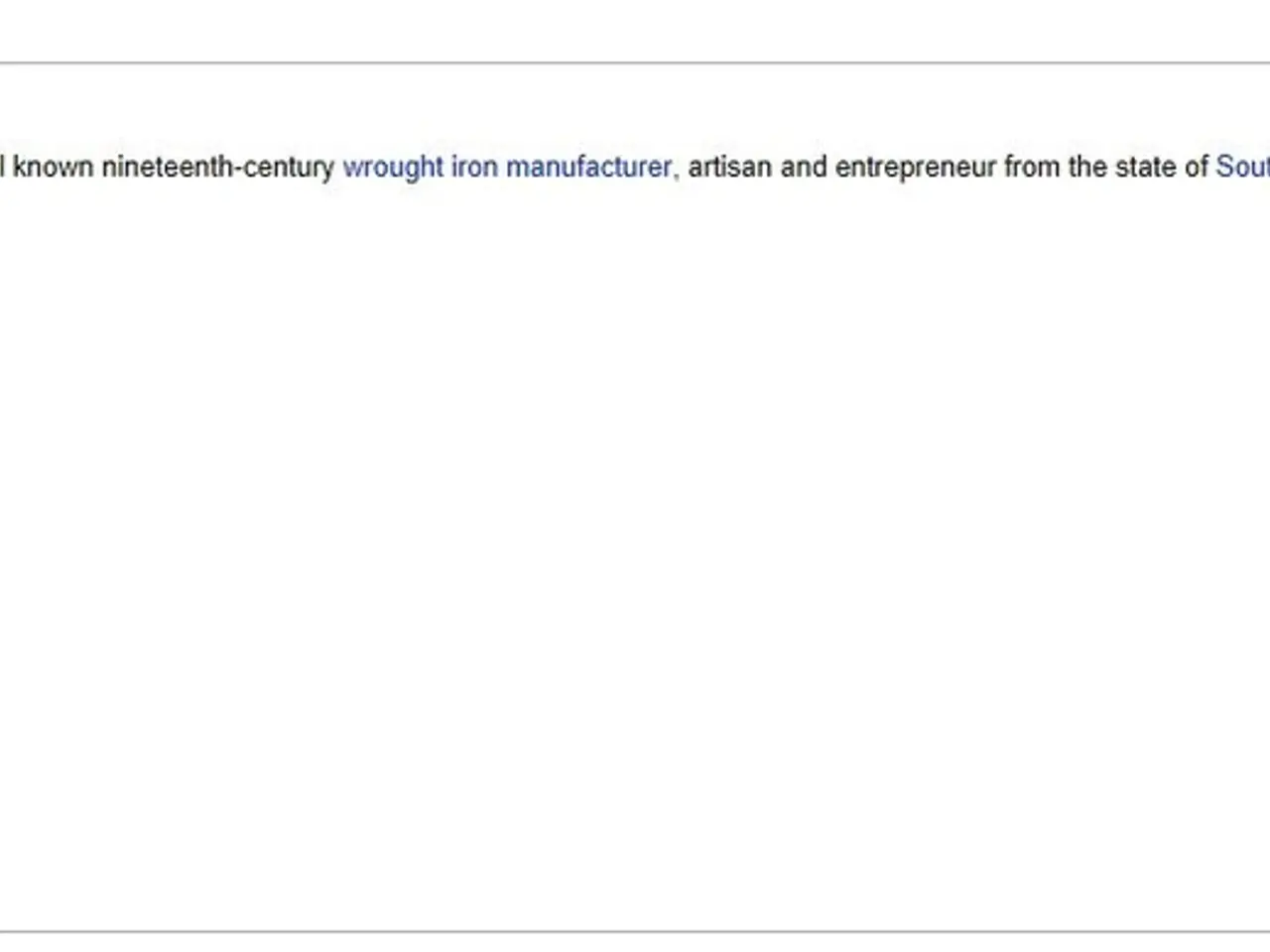Underground Cinema Releases Dispelling Mainstream Trends and Formats
================================================================================
Indie films continue to captivate audiences with their unique approach to storytelling, often challenging the norms of popular genres and tackling complex social issues. These independent productions, known for their artistic freedom, thematic depth, and innovative techniques, are at the forefront of narrative innovation.
One such example is Jordan Peele's "Get Out," which blends horror with social commentary, offering a fresh take on the genre. The film uses original, creative techniques to deliver direct, powerful messages about race and social issues, breaking away from typical horror clichés.
Similarly, Barry Jenkins' "Moonlight" transcends the typical coming-of-age story, weaving a poignant tapestry of identity and self-discovery. Edited to showcase three distinct chapters portraying stages of a protagonist's life, this film uses a unique narrative structure to intimately explore identity and social issues of race and sexuality.
Indie films often delve deep into character development, presenting flawed, multi-dimensional individuals whose personal journeys drive the narrative. Take, for instance, "Lady Bird" and "The Perks of Being a Wallflower." Both films explore emotional vulnerability and identity through deeply personal, character-driven narratives. They employ indie aesthetics like natural lighting and handheld camerawork for an intimate feel, prioritizing internal development over conventional plot structures.
More recently, "Anora" combined elements of drama and dark comedy to depict a young sex worker's complicated life after marrying into wealth. This film focuses on social issues like power and class struggles, demonstrating the indie film tradition of exploring complex social realities.
While postmodern films like Blade Runner may lean more toward mainstream cinema, they also blur genre lines by blending science fiction and noir. These films embody genre deconstruction, mixing styles and eras to create a unique cinematic experience.
In conclusion, indie films continue to push the boundaries of traditional filmmaking, often defying conventional templates that mainstream movies adhere to. By prioritising artistic freedom, thematic depth, and innovative storytelling techniques, these films offer fresh perspectives and unpredictable narratives that engage and challenge audiences.
[1] Bordwell, D. (2018). Post-Classic Hollywood: The Genre System in Transition. Routledge. [2] Sobchack, V. (2004). The Address of the Eye: A Phenomenology of Film Experience. University of California Press. [3] Wood, R. (1985). Hollywood from Vietnam to Reagan. Columbia University Press. [4] Jenkins, B. (2016). Moonlight. A24. [5] Peele, J. (2017). Get Out. Universal Pictures.
- Genre-defying films like Jordan Peele's "Get Out" and Barry Jenkins' "Moonlight" are often showcased at film festivals, earning critical acclaim for their unique approaches and explorations of social themes.
- The director, as a filmmaker, plays a crucial role in shaping the scene and genre of a movie, especially in indie productions where artistic freedom is paramount.
- Studio executives sometimes struggle to understand the appeal of indie films, with their differing aesthetics and narrative structures compared to blockbuster movies.
- The lifestyle of a Hollywood director is often glamorized, but the demanding process of creating a movie, regardless of its genre, requires tireless dedication and creativity.
- In books like "Post-Classic Hollywood" by David Bordwell, "The Address of the Eye" by Vivian Sobchack, and "Hollywood from Vietnam to Reagan" by Robert Wood, the authors discuss the evolution of filmmaking and the rise of the indie genre.
- The animation genre, with its limitless potential for special effects, has also seen its fair share of indie productions, offering unusual storylines and intricate depictions of reality.
- Fashion-and-beauty and movies-and-tv share a strong connection, with trends in films and TV shows often influencing the latest styles in Hollywood and beyond.
- Movies and TV, as part of the broader entertainment industry, have become an integral part of popular culture and modern lifestyle.
- Despite their differences in style, genre, and theme, indie films and mainstream blockbusters both share a common goal: to captivate audiences and engage them in a cinematic experience that transcends reality.






